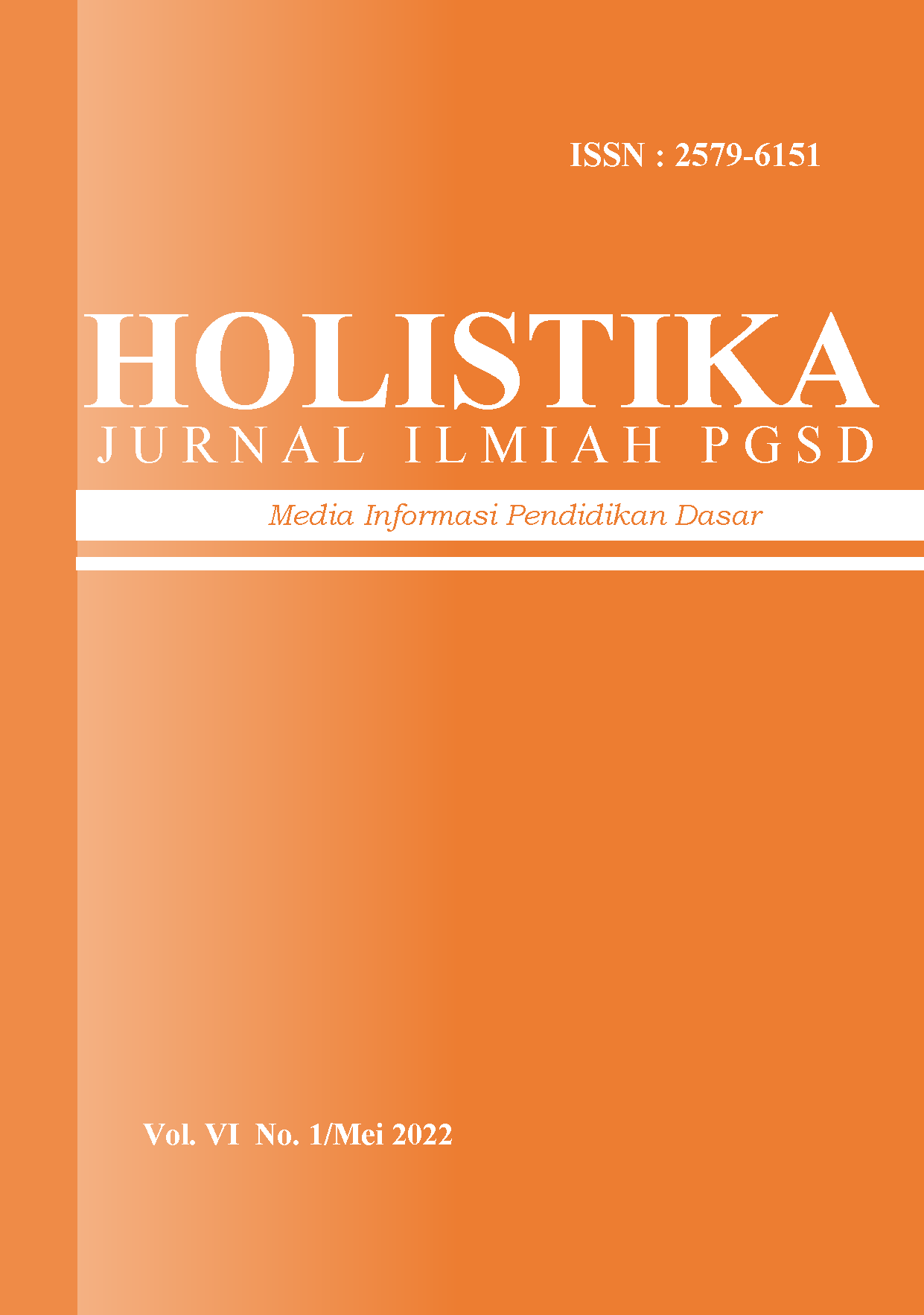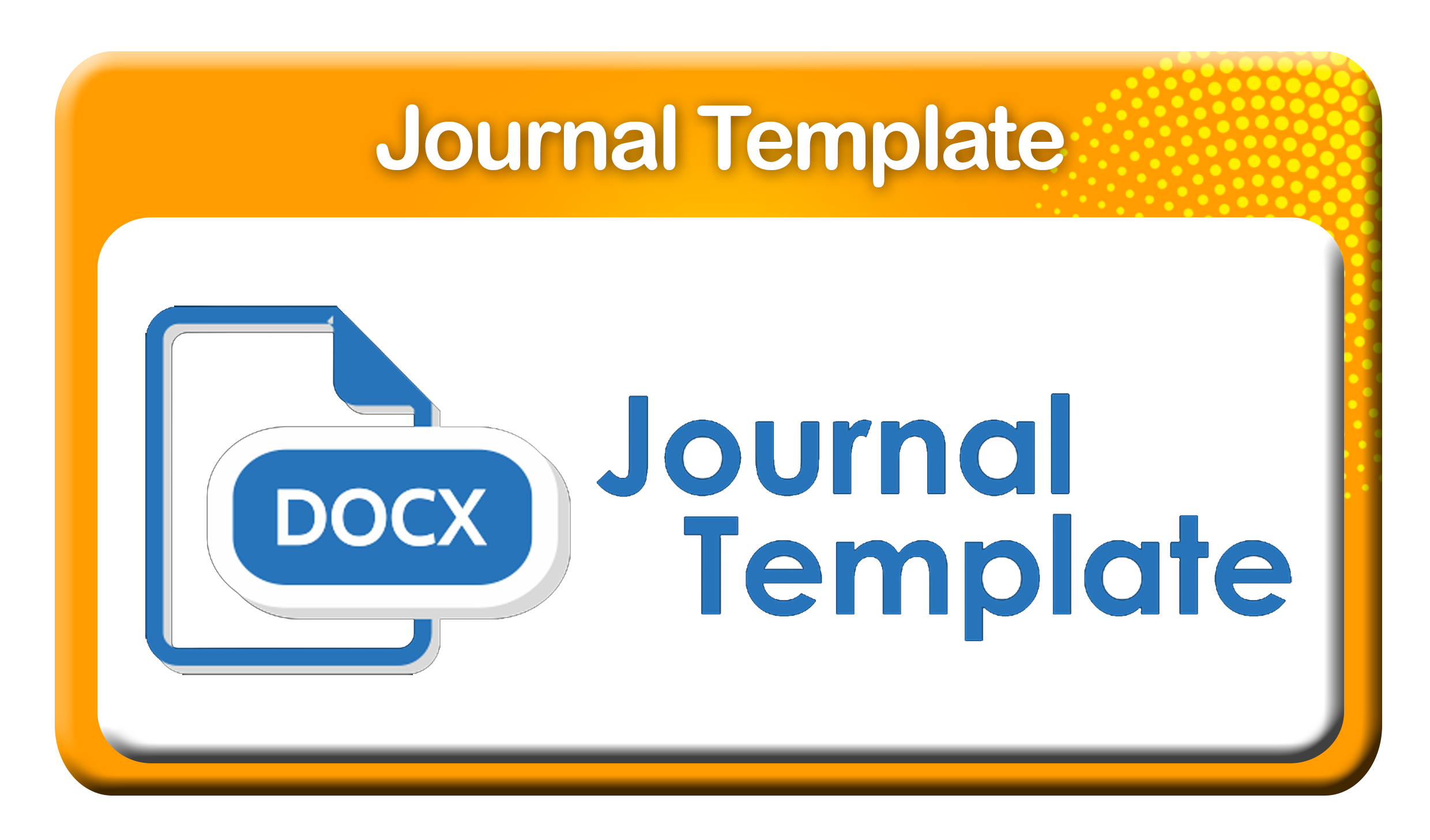EVALUASI PROGRAM PUBLIC SPEAKING “MUHADHARAH” DENGAN MODEL (CIPP) CONTEXT, INPUT, PROCESS AND PRODUCT PADA TINGKAT SEKOLAH DASAR
DOI:
https://doi.org/10.24853/holistika.6.1.14-23Abstract
ABSTRAKTujuan dari penelitian ini adalah untuk mengkarakterisasi elemen konteks, input, proses, dan produk dari Program Public Speaking “Muhadharah” di SD-IT di kota Serang. Ini adalah studi evaluasi yang menggunakan (Stufflebeam, 2005) model, Observasi, wawancara, analisis dokumen, dan sumber daya audio visual yang digunakan untuk mengumpulkan data. Data dievaluasi menggunakan model aliran penelitian data kualitatif yang dikemukakan oleh (Miles, 1994) yang meliputi reduksi data, penyajian data, penarikan kesimpulan, dan verifikasi. Dalam hal evaluasi produk, MPSP menunjukkan bahwa mereka dapat memperluas kosa kata mereka. Ini membantu mereka dalam belajar bahasa Inggris di kelas, khususnya dalam berbicara; mereka dapat berbicara bahasa Inggris dengan lancar dan percaya diri, dan mereka memahami cara mengucapkan kata dan intonasi kalimat dengan benar. Ini memiliki potensi untuk membuat orang berani berbicara. Namun, masih perlu dikembangkan karena siswa yang mengikuti MPSP hanya mematuhi aturan dan tidak menyadari pentingnya bahasa bagi diri mereka sendiri.Kata kunci: Evaluasi, Model CIPP, Muhadharah Public Speaking Program (MPSP)References
REFERENSI
Bailey, S. C. (2012). Evaluation of language concordant, patient-centered drug label instructions. Journal of General Internal Medicine, 27(12), 1707–1713. https://doi.org/10.1007/s11606-012-2035-3
Bhola, H. S. (2005). Developing Discourses on Evaluation. Evaluation Models, 383–394. https://doi.org/10.1007/0-306-47559-6_20
Bourgon, G. (2010). The role of program design, implementation, and evaluation in evidence-based “real world” community supervision. Federal Probation, 74(1), 2–15. https://api.elsevier.com/content/abstract/scopus_id/77956294308
Brown, J. D. (1995). The elements of language curriculum. Boston: Heinle and Heinle.
Creswell, J. W. (2014). Research Design Qualitative, Quantitative, Mixed Method Approaches. Singapore: SAGE Publication. Fourth edition.
Curtin, A. (2013). Development and Evaluation of an International Service Learning Program for Nursing Students. Public Health Nursing, 30(6), 548–556. https://doi.org/10.1111/phn.12040
Goodrich, J. (2017). Language-independent and language-specific aspects of early literacy: An evaluation of the common underlying proficiency model. Journal of Educational Psychology, 109(6), 782–793. https://doi.org/10.1037/edu0000179
Kellaghan, T., & Madaus, G. F. (2005). Outcome Evaluation. Evaluation Models, 97–112. https://doi.org/10.1007/0-306-47559-6_5
Knapik, M. (2006). The Qualitative Research Interview: Participants’ Responsive Participation in Knowledge Making. International Journal of Qualitative Methods, 5(3), 77–93. https://doi.org/10.1177/160940690600500308
Madaus, G. F., Haney, W., & Kreitzer, A. (2005). The Role of Testing in Evaluations. Evaluation Models, 113–125. https://doi.org/10.1007/0-306-47559-6_6
Downloads
Published
How to Cite
Issue
Section
License
Authors who publish with this journal agree to the following terms:
- Authors retain copyright and grant the journal right of first publication with the work simultaneously licensed under a Creative Commons Attribution License that allows others to share the work with an acknowledgement of the work's authorship and initial publication in this journal.
- Authors are able to enter into separate, additional contractual arrangements for the non-exclusive distribution of the journal's published version of the work (e.g., post it to an institutional repository or publish it in a book), with an acknowledgement of its initial publication in this journal.
- Authors are permitted and encouraged to post their work online (e.g., in institutional repositories or on their website) prior to and during the submission process, as it can lead to productive exchanges, as well as earlier and greater citation of published work (See The Effect of Open Access).


















